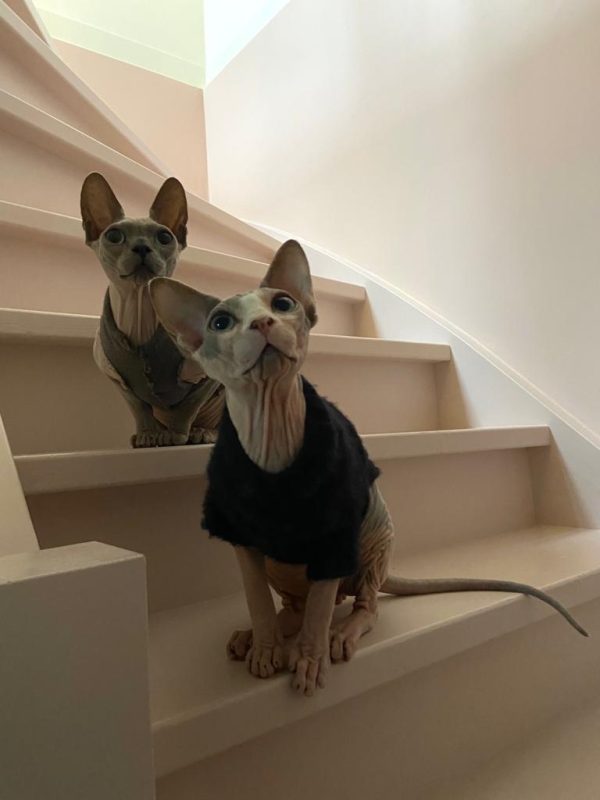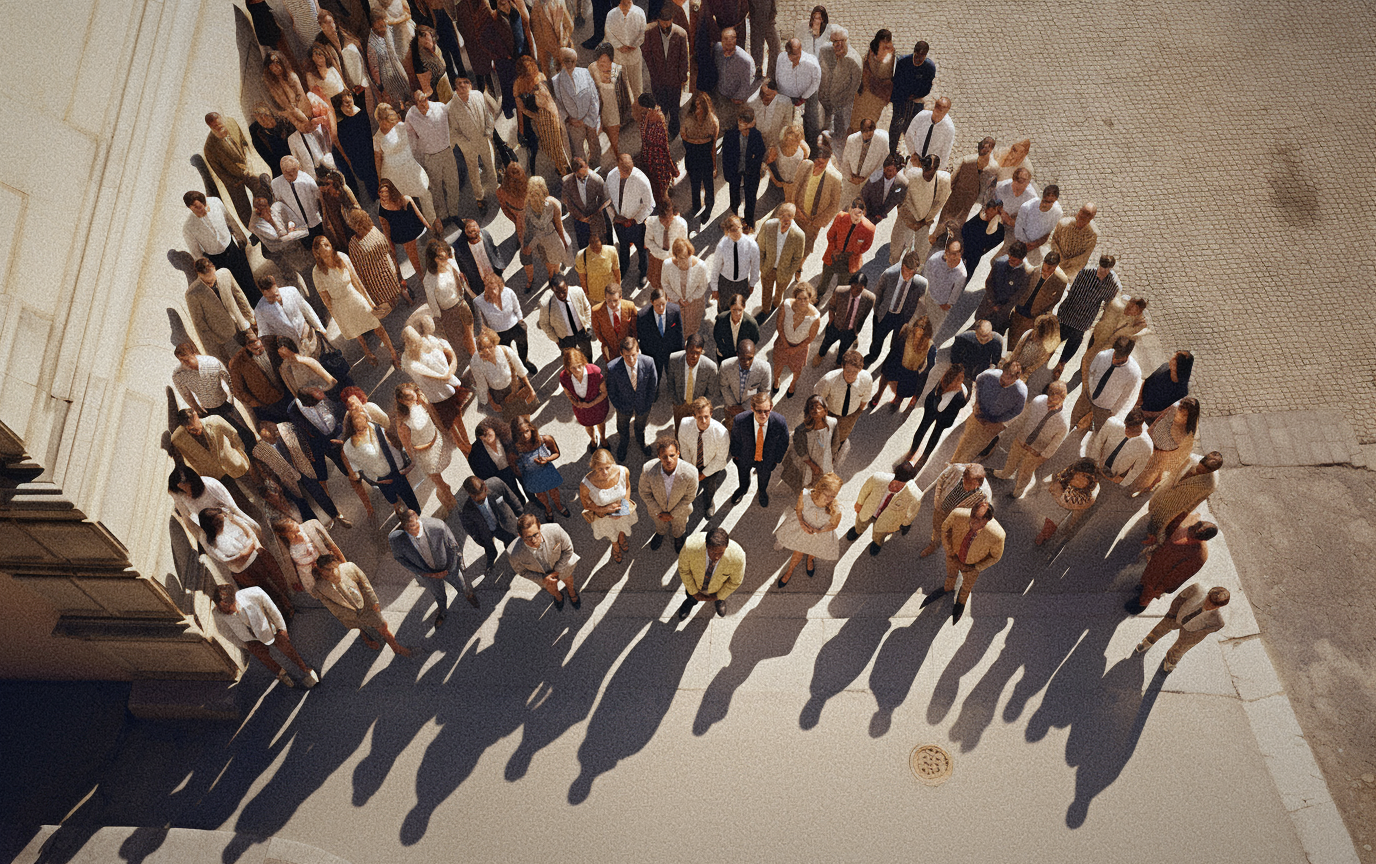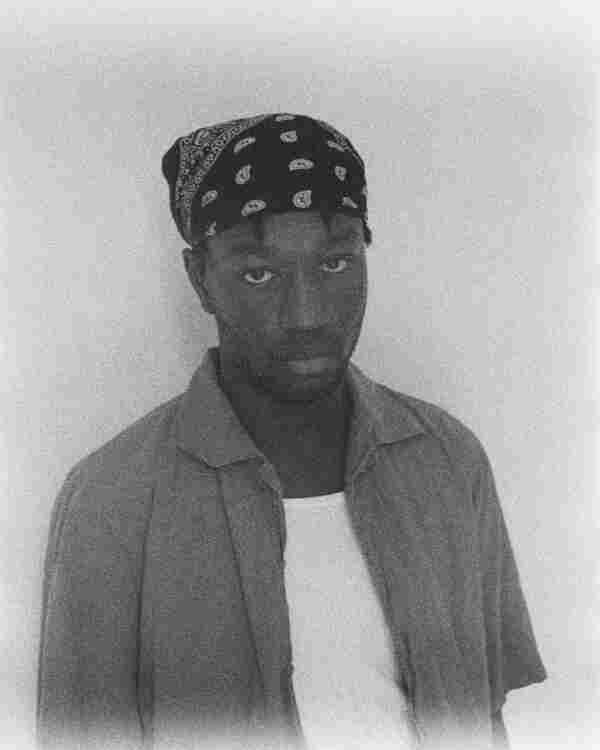Read Time 9 minutes
Choosing the right frame for your art
We’ve been following Ellen Tristam @stretch_frames journey on Instagram for a while. Her bio reads: notes from a picture framer. We wonder what goes in to making it as a professional framer, what tips does she have for us when it comes to choosing the right frame and how to level up our prints or artwork without breaking the bank. So we reached out to her for a chat.
We’re looking to speak to women across the art spectrum, not only artists & photographers, but printers, picture editors, collectors, curators, gallerists and of course framers. If you know one, or you are one, get in touch at [email protected].
Anyway, back to Ellen and the interview. We hope you enjoy.
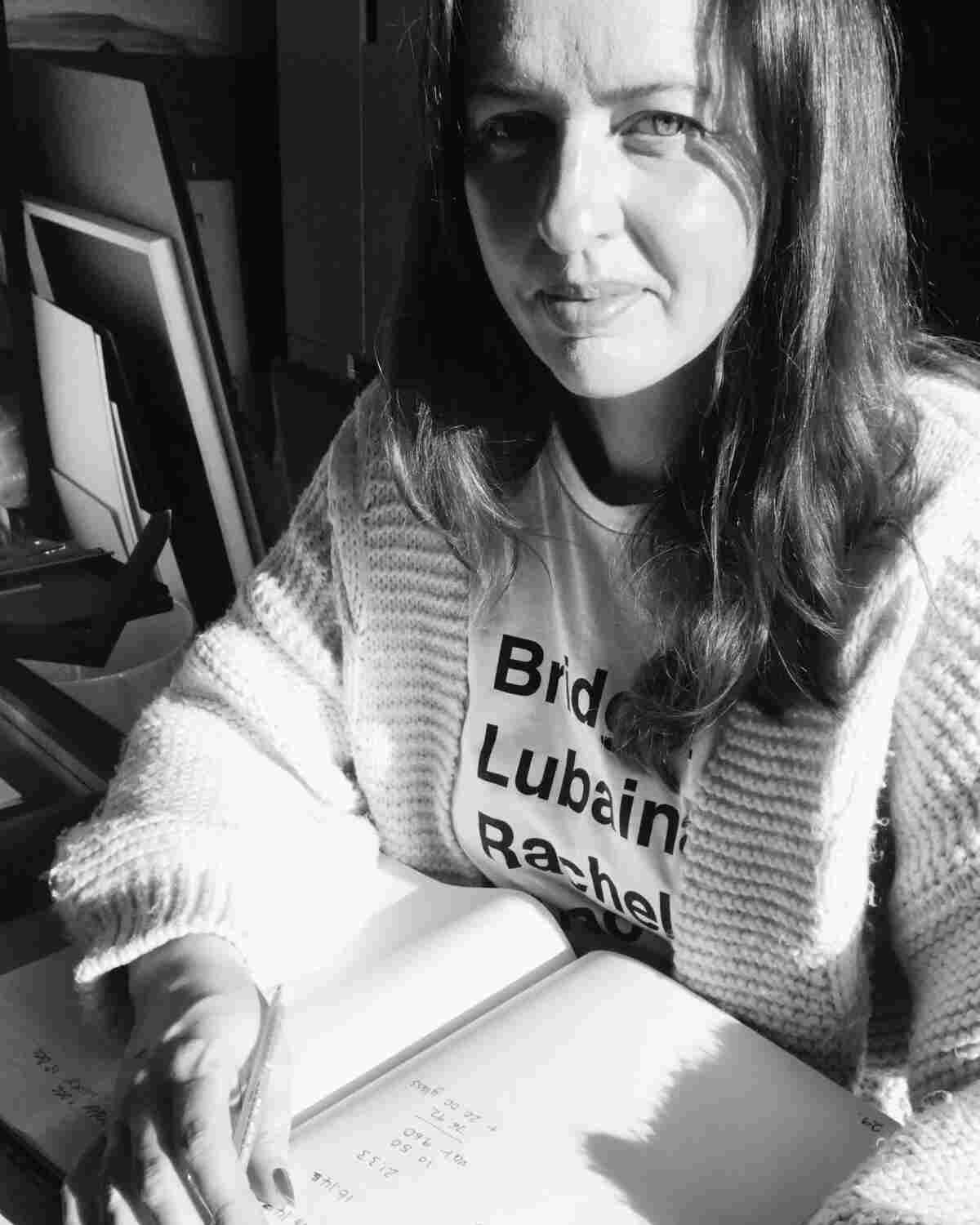
How long have you been working as a framer? How did you get into it, are there courses or did you train as an apprentice?
I’m only just starting out, I attended a course at the end of 2020 and then started Stretch Frames in April 2021. The course was online due to Covid, which I was hesitant about, but it worked really well actually.
It was led by an experienced framer [Sue at River Crane Framing] who guided us through what we needed to get started. She was really thoughtful about how she explained things remotely and left us with so many resources to revisit and practice with. She also gave a lot of guidance for how we could take our framing forward into a business if we wanted to. That’s how the seed was planted.
? https://rivercraneframing.com/courses
What is your favourite commission to date?
Framing for artist Kris Lamorena was so unexpected and such an honour so early in my framing journey. Not only was I working with such beautiful pieces, I think what made it so special was the amount of trust Kris put in me. She knew I was just starting out but wanted to give me the opportunity.
She asked for my opinion, for me to come up with potential frames and mount-boards and I was able to be really creative and do something quite unexpected with the framing. Just a joy, I will never forget that process.
Being able to look at & frame beautiful pieces of art & photography never gets boring. As someone who thinks a lot about a lot, framing also gives my mind a break; a different physical focus that is as helpful as meditation for me.
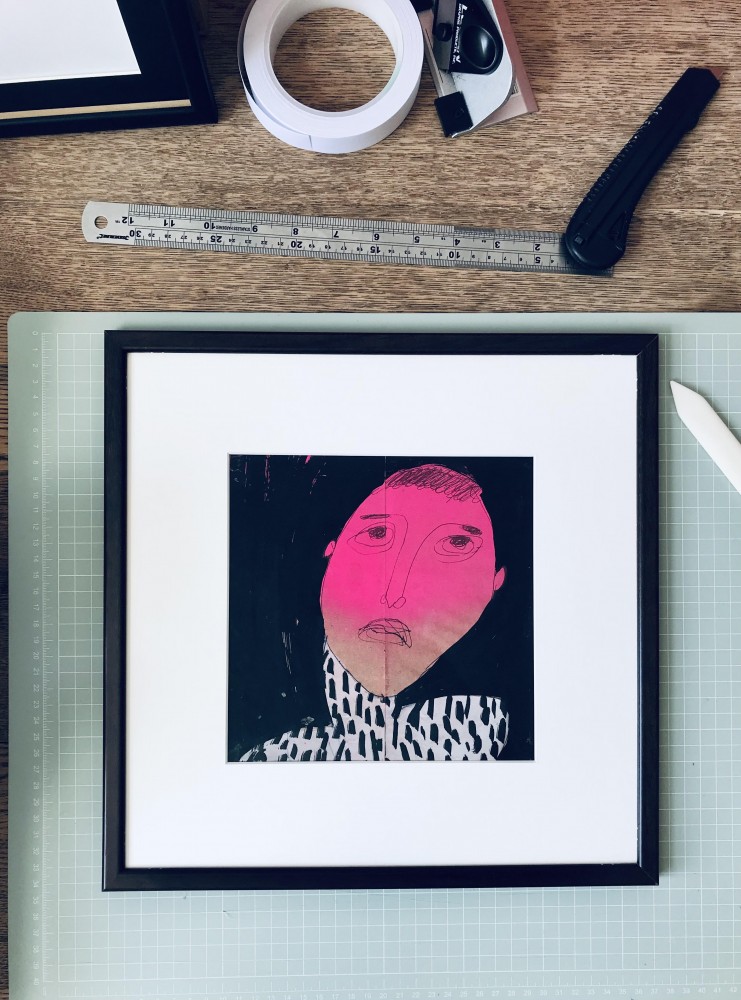
What are 5 things our buyers NEED to know when choosing a frame for their print? 🙂
◽️ Think about where you will be hanging the piece. Will it be on its own – if not do you want it to match the other frames surrounding it? If alone, is there a style of furniture that you want it to be in-keeping with? Visualise it in the space it’s going to end up in.
◽️ Ask for samples; chevrons of potential frames and small pieces of mount-board that you can put next to your artwork and see them together. Look at which aspects of the artwork pop out to you when different frames are next to it. Are they the aspects you want to be highlighted, is the frame making you look at the artwork in a particular way?
◽️ Width of frame is quite subjective I think, it comes down to personal taste and the style. But colour, the colour of frame can really impact how the artwork or photography appears. Think about whether you want it to blend in with the tone of the artwork or if you want it to contrast. The same when choosing a mount-board.
◽️ Don’t be afraid of colour! For both frames and mount-board. And that doesn’t have to mean bright colours. If you prefer a more natural palette, by all means choose a natural wood or white frame, but think about whether a pale pink or musky brown mount-board would actually have more of an impact.
◽️ Remember that framing will undoubtedly extend the life of a piece of art of photographs. Putting it behind glass and sealing it can protect it from potential damage, from insects, from UV and from moisture, which can lead to mould.
I feel that the furniture industry will & should be up to the same scrutiny that the fashion industry is finally, albeit slowly, starting to face.
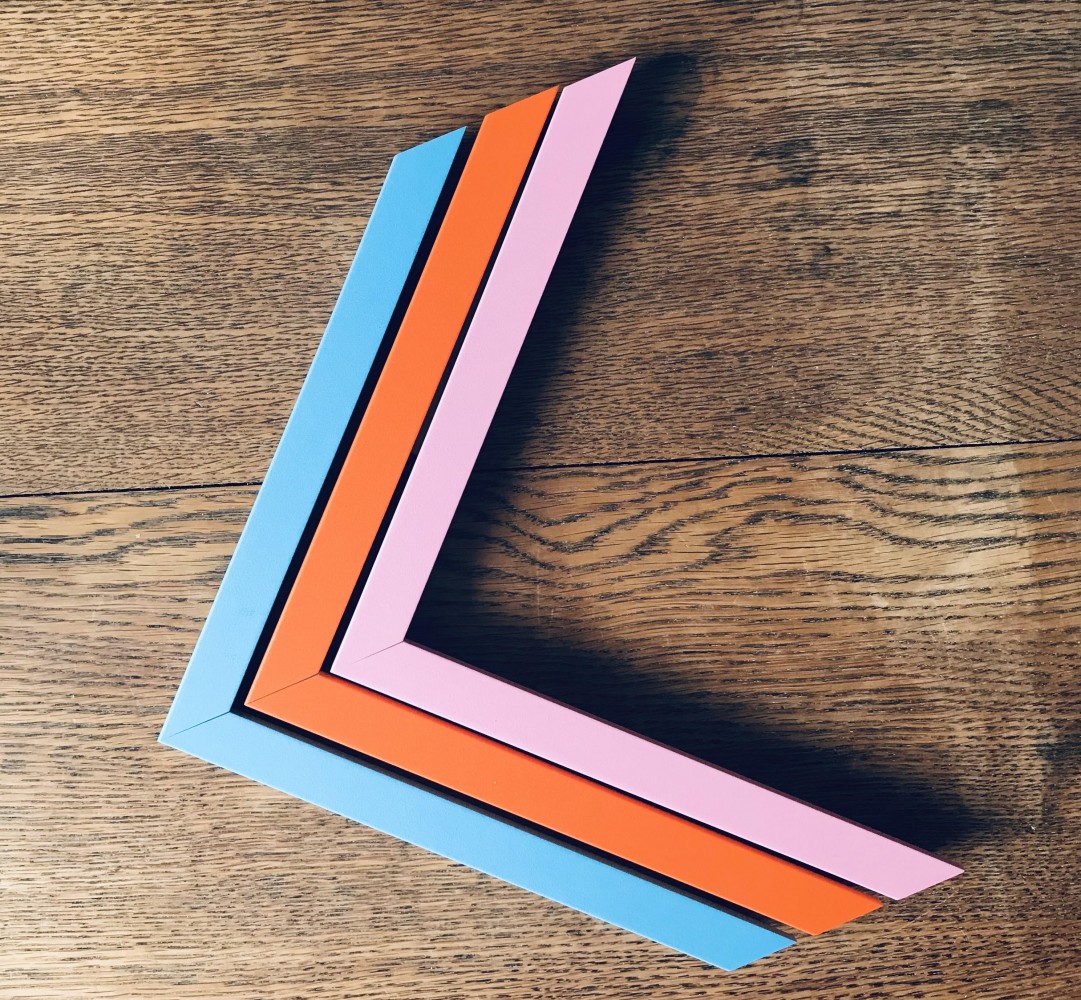
Tips for bespoke frames that don’t cost an arm and a leg? ???
◽️ Opt for a simple mount as opposed to a double mount or having the artwork “floated” [where it appears to stand out on the board]: this takes less time and fewer materials, and therefore may impact the overall cost of framing.
◽️ Choose a simple frame and then choose an interesting colour of texture or mount-board.
◽️ Choose a fast-growing wood; the raw materials tend to be cheaper and the framer may then pass that discount on to you. Either way, this is better for the environment, as faster growing means less long-term impact on the forest it was sourced from.
◽️ Opt for second-hand ?? ask your framer if they have frames they could reuse as opposed to buying new. You will still pay for the framing service but it will keep the materials cost down.
◽️ Be upfront with your framer about your budget, they may be able to suggest other ways to keep the cost down.
AR / museum glass – is it worth the ? ?
It depends. If you have a valuable piece of art [whether sentimental or financial] and are absolutely determined to do anything to ensure it does not fade even slightly in your lifetime, then yes, go for the UV protection. [And I would also advise you to hang it out of direct sunlight, preferably in a dark room, which may restrict people seeing it… I know this may seem pointless, but that’s another discussion.]
Anti reflection glass is really cool, it does work and it does cut out the reflection – which is especially helpful in a well-lit room. However, it’s certainly not essential in order to enjoy what you have on your walls, I think even the sharpest of eyes can get past a bit of a reflection to admire art or photography they truly love.
What do you love most about your job?
Framing itself, firstly. Before starting framing I wasn’t a hands on, practical kind of person; I didn’t draw or make things. I was a Business Analyst! But once I started I could see why people love it.
There is so much satisfaction in the act of joining a frame and then getting all the components together to seal and finish it. I love the creative aspect of guiding clients to choose the style of frame and mount-board for the artwork. Playing with different tones and colours, different perspectives and how they impact the artwork fascinates me.
Being able to look at and frame beautiful pieces of art and photography never gets boring. As someone who tends to think a lot about a lot, framing also gives my mind a break; a different physical focus that is as helpful as meditation for me.

Just like paper, wood being used to make new frames is a strain on depleting resources. Frames are often made from slow growing woods, so even if trees are replanted the pace of our production and purchases means that those resources are quickly depleted.
I’m passionate when producing new frames that I use fast growing woods where possible and wood from sources that have been approved by the Forest Stewardship Commission.
We really connected with this message on your website. We’re actively conscious of sustainability at Darklight Art, too, which as impacted everything from our packaging & design, to shipping and our decision not to f*ck with NFT just yet…
How much of a priority is it for you that you work with sustainable materials?
It’s at the forefront of my mind as I’m making decisions about the direction I take the business. I feel that the furniture industry will and should be up to the same scrutiny that the fashion industry is finally, albeit slowly, starting to face.
For the new frames I’m assembling I only use FSC approved wood, I only use glass unless acrylic is absolutely necessary. And it’s not just about new materials, it’s reusing packaging, it’s finding ways to reduce waste, ordering in small quantities. It’s why I’m also sourcing second hand frames to restore and give life to instead of producing new every time.
What would you say to encourage other women to join the framing profession?
If it’s something you are interested in, investigate courses, or read up on the process, approach a Framer, give it a go.
You do need to invest in some equipment if you want to start yourself, but you don’t need to start with all the bells and whistles. I started with a mount-board and a joiner, both of which you can also find second-hand. Some of the framing suppliers provide Framer’s Kits that are worth looking at, too.
If you love art and photography, it’s a really varied and interesting area to work in. And get in touch with me if you have any questions, I’d love to chat.
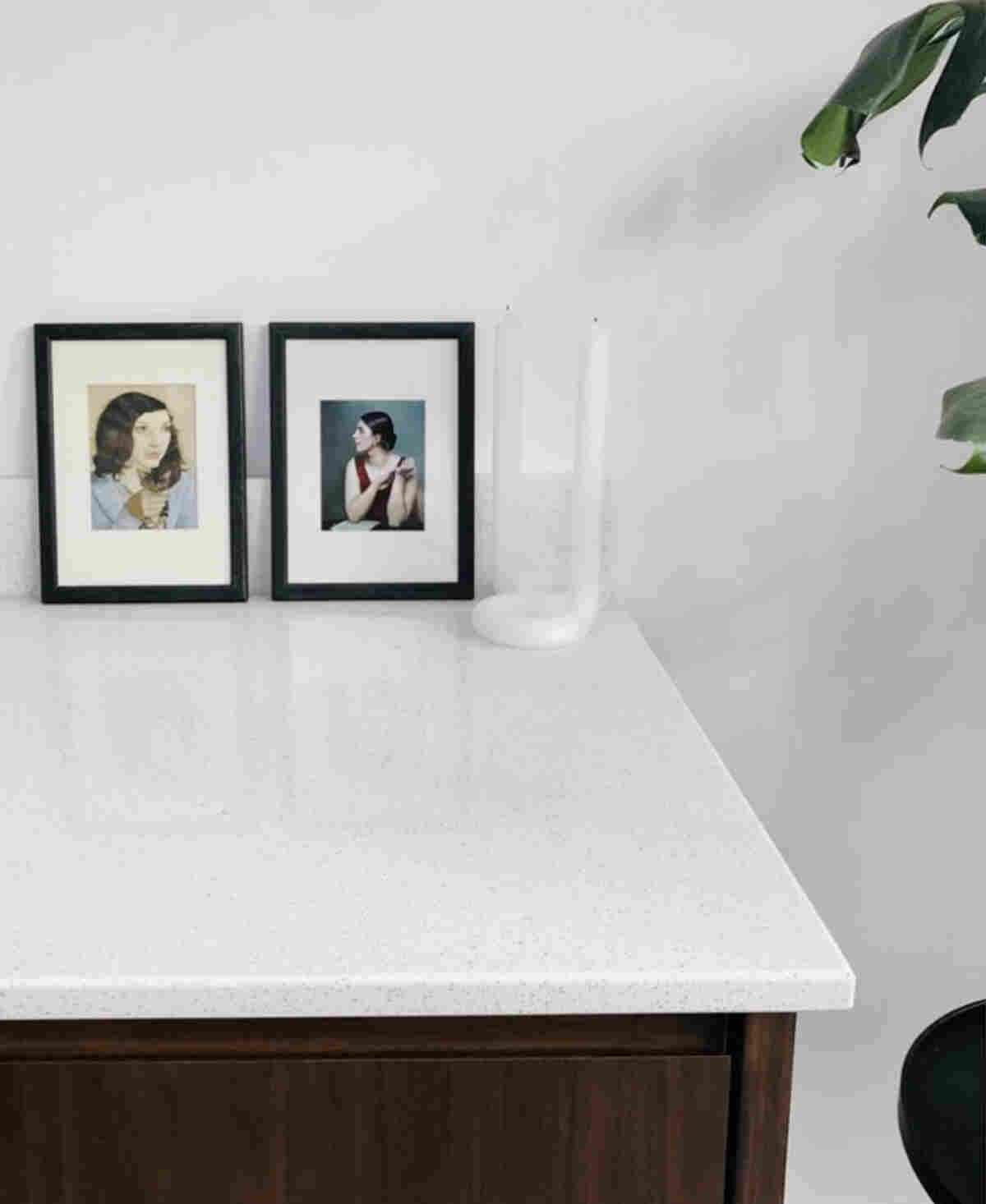
END
subscribe for the latest artist interviews,
historical heronies, or images that made me.
what are you in the mood for?



